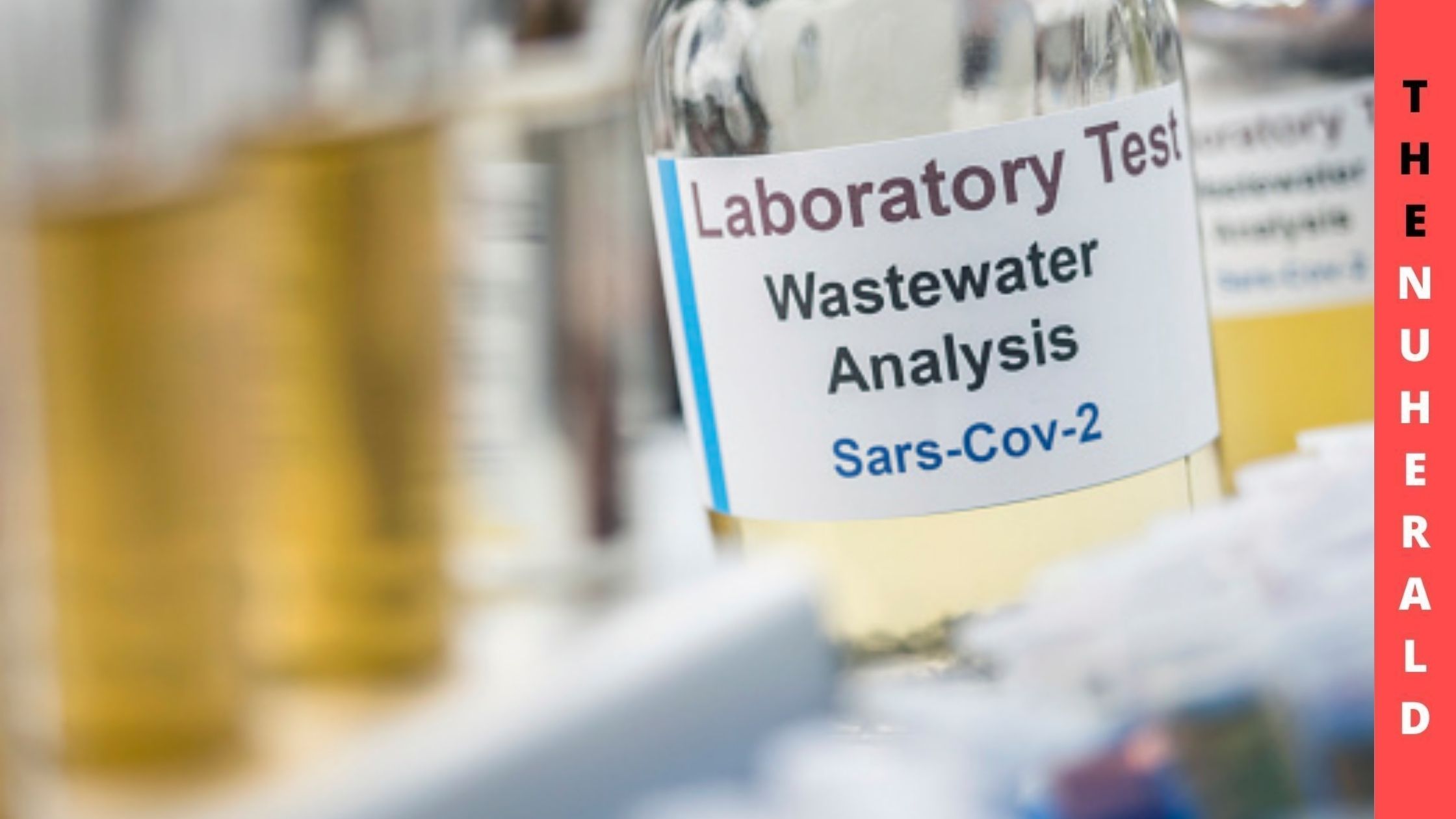The CDC has shown increased interest in analyzing wastewater data to monitor the spread of Covid infection across the country. As of now, the CDC has such wastewater surveillance sites in about 400 places across the country, and the agency plans to expand it to 650 sites across the country in the next few weeks.
CDC Analyzing Wastewater Data To Monitor Covid Spread
According to experts, analyzing wastewater data can help researchers to understand the spread in a better way. It is often noticed that virus levels in wastewater increase before an increase in clinical cases. In this way, it can be considered as an early indicator for a rise or fall in actual cases.

Experts feel that wastewater data captures the information from all the people in the neighborhood without any distinction. On the other hand, what we get from the clinical data usually belongs to only patients who exhibit symptoms of the infection. In this way, wastewater data is more accurate when compared to the data from clinical sources.
Apart from that, it is important to understand that the accuracy of clinical data depends on the level of testing that is done in any region. If the testing level is more, there are more chances of catching more people with the infection.
On the other hand, when less testing is done in any region, it naturally leads to a situation where less number of cases are detected. However, wastewater data gives the real picture as a load of virus in wastewater gives the collective information about the entire population in any particular region.
Interestingly, the CDC is including the data available from wastewater surveillance on its Covid Tracker site, and this is available for the public.
In this way, the public can monitor the trends in their localities and stay alert when the situation indicates the presence of more viruses in wastewater.
According to experts, about 40-80% of Covid infected people shed viral RNA in feces, and this is the reason why wastewater data is more accurate than other methods.
On the other hand, more than half of the infected people do not show any symptoms at all after an infection. In some cases, many people would not even know that they are infected until they undergo the Covid test.
Interestingly, the viral load is more in feces in the early stages of infection. Due to this, monitoring wastewater viral load gives an early indicator of the presence of infection in the community.
The CDC has initiated the National Wastewater Surveillance System in 2020 that collects more than 30000 samples on a daily basis. This gives the collective data about more than 50 million Americans to the agency.
Experts feel that using the wastewater data as an early indicator helps them prioritize the testing sites in any region. If the wastewater viral load is high from any particular region, more testing camps can be arranged in such locations to know the exact status of infection in that region.
In this way, strict measures can be taken at early stages to avoid the spread of infection in that region. This can also serve as a warning indicator for hospitals in that region to be ready to face more cases.
Some states are taking wastewater surveillance to new levels by analyzing the genetic sequencing on the samples. In this way, researchers will be able to identify new variants in the early stages of infection.
In the future, such methods will be very beneficial to track foodborne infections and other pathogens that affect a large group of people in the community.